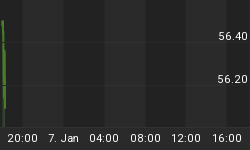May 23rd, 2009
Here is the 200-day primary trend line of the S&P 500 showing its prolonged and continued downward movement (bear market condition) along with the position of four secondary trend lines that must move above the primary trend line before the primary trend changes slope from negative to positive.
Those staging into risk positions in the US stock market would be well served to monitor these key visual clues about the eventual transition from the current bear to a future bull when deciding how much and when to commit cash for an intended ultimate position size:
(1) the slope of the primary trend line
(2) the location of the secondary trend lines (whether above or below the primary trend line)
(3) the direction of movement of the secondary trend lines
(4) the relative position of the secondary trend lines above or below each other.

Similar visual analysis of price behavior of other asset categories should be equally helpful.
















